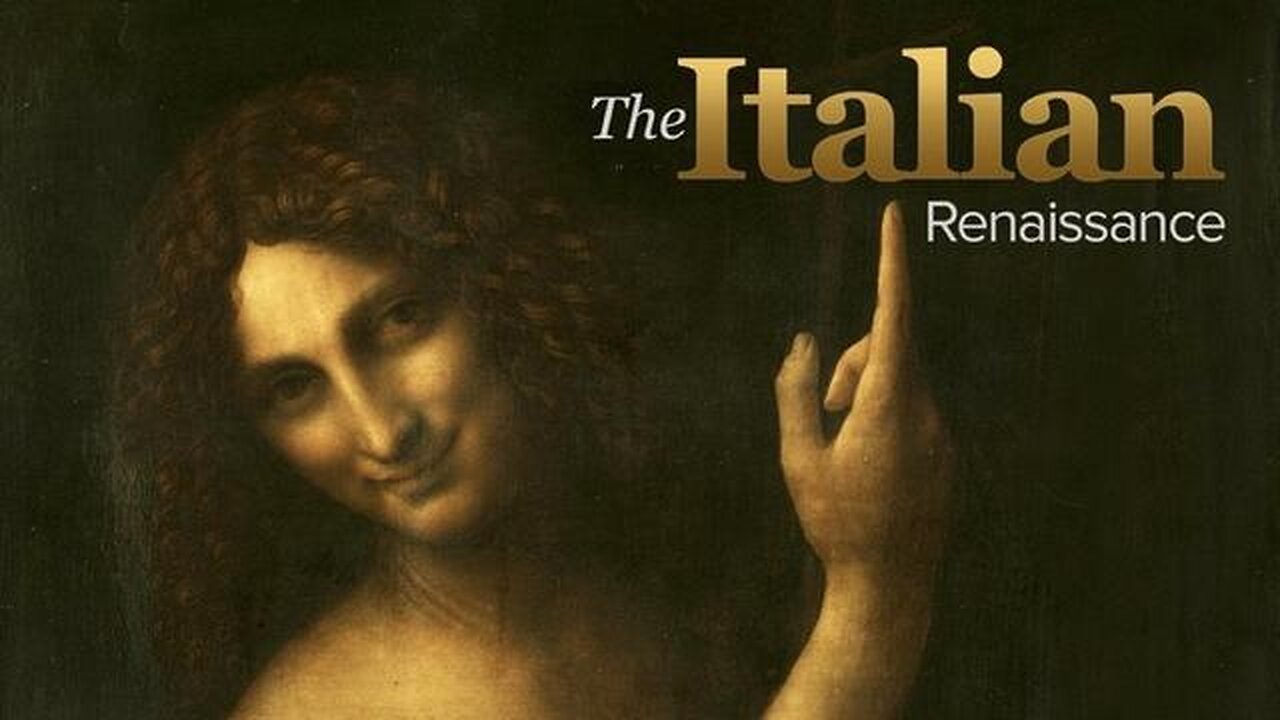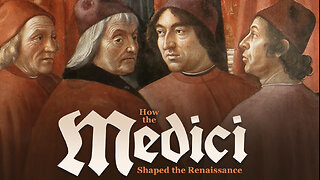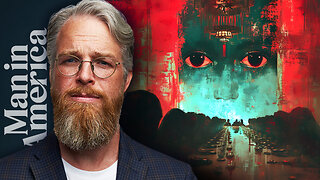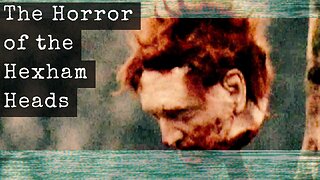Premium Only Content

The Italian Renaissance | The Renaissance - Changing Interpretations (Lecture 2)
Lecture 2: The Renaissance cannot be easily defined either geographically or chronologically. Because the Renaissance represented a set of ideas and attitudes, it became visible at different times in different places, depending upon the social, economic, political, and cultural context of each region. Furthermore, the Renaissance was the first self-conscious period of European history. It was articulated by the Italian Humanist writer Giovanni Boccaccio (d. 1375), who recognized that a new world was being created, a world based partly on the experience of new groups with new aspirations and partly on the recovery of ancient models. Hence, we have come to know it as the period of rebirth, or in French, the period of the Renaissance. This lecture will define the phenomenon of the Renaissance and investigate its historiography from the 14th century to the present.
Secondary Sources:
Benjamin G. Kohl and Alison Andrews Smith, eds., Major Problems in the History of the Italian Renaissance.
Supplementary Reading:
Eric Cochrane, Historians and Historiography in the Italian Renaissance.
Wallace K. Ferguson, The Renaissance in Historical Thought: Five Centuries of Interpretation.
Denys Hay, ed., The Renaissance Debate.
-
 31:56
31:56
The Great Courses
8 days agoHow the Medici Shaped the Renaissance | The Black Prince: Alessandro de' Medici (Lecture 11)
150 -
 8:38:13
8:38:13
Dr Disrespect
11 hours ago🔴LIVE - DR DISRESPECT - MARVEL RIVALS - I AM GROOT
210K44 -
 LIVE
LIVE
Fresh and Fit
4 hours agoResponse To Druski, Tate W, Fuentes Explains Assassination Attempt & MORE!
9,358 watching -
 4:13:32
4:13:32
Nerdrotic
7 hours ago $5.46 earnedSUPERMAN Drops, Disney Cuts WOKENESS? Hollywood DEI is DEAD | Friday Night Tights 333 Little Platoon
111K34 -
 LIVE
LIVE
Talk Nerdy 2 Us
4 hours agoSpecial Guest - Next UFC Superstar - Dani Aleksovska
417 watching -
 LIVE
LIVE
Man in America
6 hours agoThe Elites Are Losing Their War on Our Children w/ Robert Bortins
731 watching -
 LIVE
LIVE
I_Came_With_Fire_Podcast
8 hours agoGovt' Shutdowns, VA Scandals, MORE Drones, Syrian Strikes and staged rescues , and The DHS!
700 watching -
 56:55
56:55
The StoneZONE with Roger Stone
3 hours agoTrump Should Sue Billionaire Governor JB Pritzker for Calling Him a Rapist | The StoneZONE
21.5K3 -
 59:21
59:21
Adam Does Movies
3 hours ago $0.66 earnedMore Reboots + A Good Netflix Movie + Disney Live-Action Rant - LIVE
15.9K -
 36:28
36:28
TheTapeLibrary
12 hours ago $0.44 earnedThe Disturbing True Horror of the Hexham Heads
45.1K4